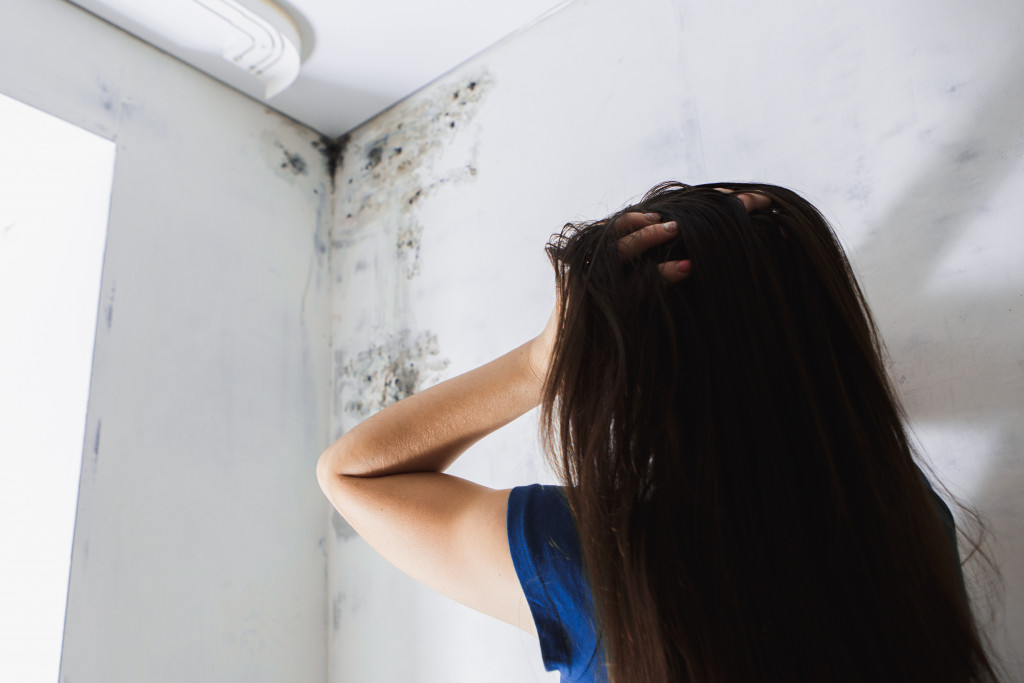Many homeowners do not realize the potential health hazards in their homes. Although you may take steps to keep your home clean and tidy, many hidden dangers can pose a severe threat to your family’s health. And sadly, many homeowners are not even aware of the harmful chemicals in their properties.
If you want to keep your family safe from harm, it is essential to be aware of the following common hazards that can be found in homes:
Asbestos
Asbestos is a naturally occurring mineral that was once used extensively in a variety of construction materials. It is now a health hazard, and its use is heavily regulated. Asbestos fibers can become airborne and inhaled, causing various health problems, including mesothelioma, lung cancer, and asbestosis. If you suspect that your home may contain asbestos, it is vital to have it tested by a qualified professional. If asbestos is present, it should only be removed by a certified asbestos abatement contractor. Improper removal of asbestos can result in the release of harmful fibers into the air, putting you and your family at risk.
Indoor air pollution
The air inside your home is usually more polluted than the air outside. That’s because houses and buildings can trap pollutants inside. Some things that cause indoor air pollution include cigarette smoke, asbestos fibers from insulation around pipes, fireplaces and wood stoves, cleaning supplies, paints and paint thinners, new carpeting, and furniture. This pollution can lead to various health problems, including headaches, dizziness, nausea, and respiratory problems.
You can reduce air pollution in your home by hiring a company specializing in air quality services. They will test your air and recommend how to improve it. They can also install air purifiers and filters to help remove pollutants from the air, making your home a safer and healthier place for your family.
Carbon monoxide
Carbon monoxide is a gas that is produced whenever any fuel is burned. It is often called the “silent killer” because it is odorless, colorless, and tasteless. Carbon monoxide can cause headaches, dizziness, and nausea at low levels. At high levels, it can lead to respiratory failure and death. Carbon monoxide poisoning is one of the most common causes of unintentional death in the United States.
Unfortunately, many people are unaware of the risks posed by this gas. Suppose you have any fuel-burning appliances in your home (such as a furnace, water heater, or stove). In that case, you need to have them serviced regularly and install a carbon monoxide detector. Taking these simple precautions can protect yourself and your family from the dangers of carbon monoxide poisoning.
Lead paint
Lead paint was commonly used in homes before 1978. The federal government banned lead-based paint from housing because it can be harmful if inhaled or ingested. Lead is especially dangerous to children and can cause learning, behavior, and growth problems. If you live in a home built before 1978, there are some things you can do to protect your family from lead paint hazards:
- Keep painted surfaces in good condition to minimize exposure to dust.
- Wet mop floors and wet wipe surfaces to keep the dust down.
- Wash hands and toys often.
- Steam clean or replace carpets.
- Don’t use a spoon or other eating utensil stored in a can of paint.
You should also have your home tested for lead if planning renovations that will disturb painted surfaces. If you think your family has been exposed to lead, contact your doctor or local health department for more information.
Mold

While mold is common in many homes, it can pose serious health risks to residents, particularly those with allergies or asthma. Inhaling mold spores can trigger respiratory problems, and contact with mold can cause skin irritation. Some types of mold also produce poisonous substances known as mycotoxins, which can cause neurological damage.
To reduce the risk of mold growth, keep areas around the home clean and dry. In addition, any water leaks should be repaired promptly, and humidifiers should be used sparingly. If mold is already present in the home, it is crucial to have it removed by a qualified professional. Taking these precautions can help to create a healthier living environment.
Final thoughts
These are just a few common hazards that can affect your family’s health. By being aware of the risks and taking steps to reduce them, you can help to create a safer and healthier home for your loved ones. Don’t wait until it’s too late to take action – start making changes today for your family’s safety. You’ll be glad you did.